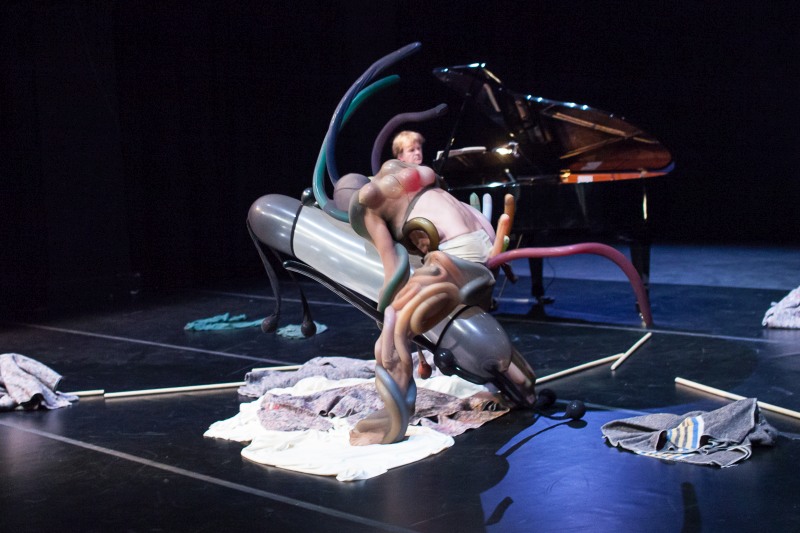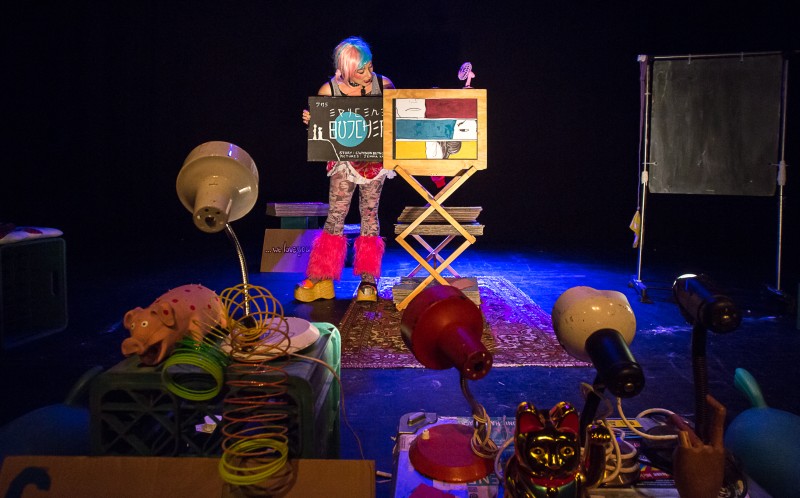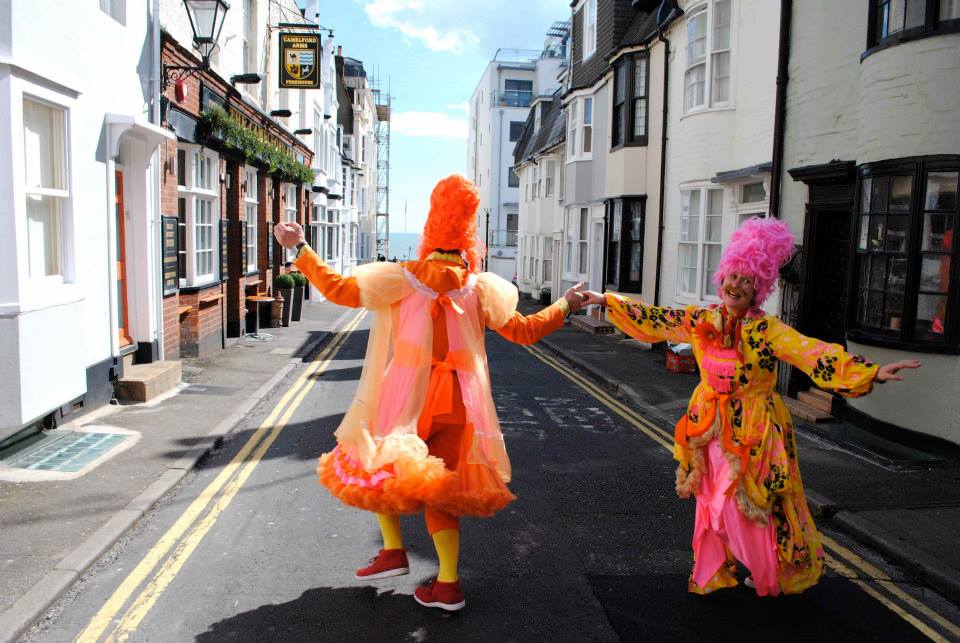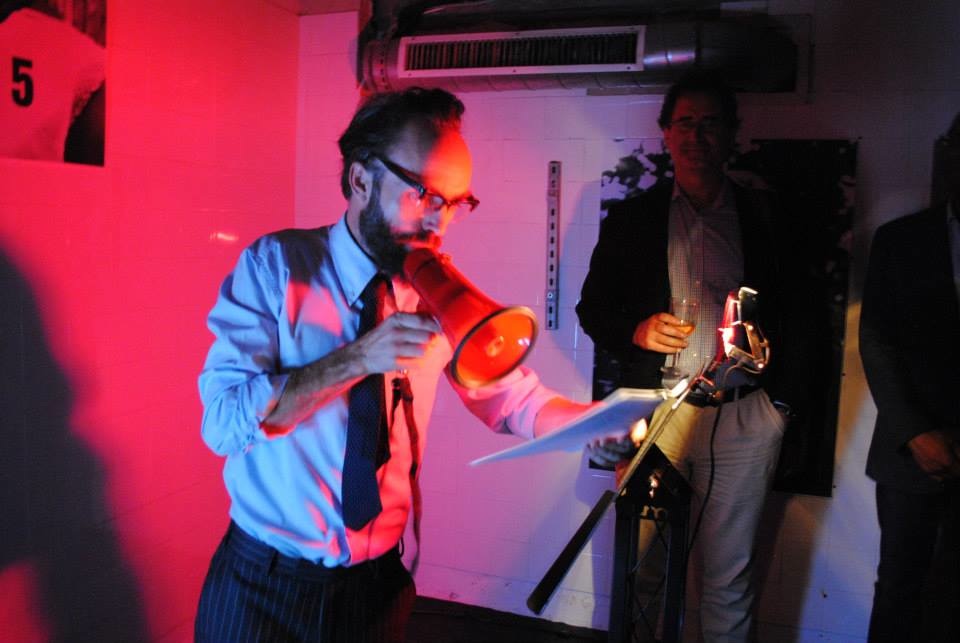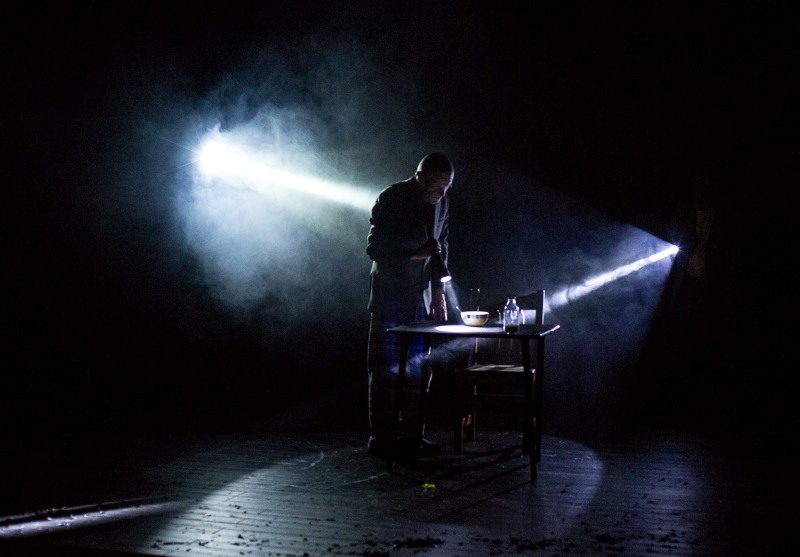 Ageing and dementia is one of the go-to topics for today’s theatre makers. Tomorrow, conceived and directed by Matthew Lenton in collaboration with a company of actors and designers, is a highly visual and emotive response. Over seventy minutes, we see lives transformed, moments remembered and lost, the everyday rubbed up against the mystical.
Ageing and dementia is one of the go-to topics for today’s theatre makers. Tomorrow, conceived and directed by Matthew Lenton in collaboration with a company of actors and designers, is a highly visual and emotive response. Over seventy minutes, we see lives transformed, moments remembered and lost, the everyday rubbed up against the mystical.
In the haunting opening scene, latex masks are gently passed along a production line; powdered, boxed and stored away. When the first mask is pulled over the head of protagonist George, and helplessly wrestled against, the effect is startling. He has gone from young man to old man and his physicality, and that of all the ‘old’ people in this mixed-age cast, is totally convincing.
The action switches between the reality of the nursing home, with its one comfy chair and standard lamp, and the dreamlike state of the patients’ inner world, their memories and concerns. They are caught in a time-loop, aware yet unaware.
Once or twice a group of children play about the elderly folk, like flashes of memory or a connection to the past. They act as carers, affectionate but distanced. Somehow they did not seem properly embedded into the whole and added little.
The piece is as much about the people caring as it is about their patients. We learn about their lives through snippets of conversation and workman-like banter. The juxtaposition of light conversation with the internal, aching longings of the patients is effective, but occasionally the text feels a bit false and the young nurse rather a caricature.
The lighting design by Kai Fisher is moody and beautiful and the stage design (Jamie Harrison) effectively simple. Two large open doorways suggest that no-one is trapped inside except in their minds and their memories. Snow falls, the clouds turn blue, all around is darkening and hushed. The sound-design, by Mark Melville, is pitched just right, occasionally rousing but mostly subtly underpinning the action.
Tomorrow, a multi-national co-production and Brighton Festival world premiere, does not say anything new or revelatory about care or dementia, but instead offers a conceptual exploration of these issues through painterly theatricality.

